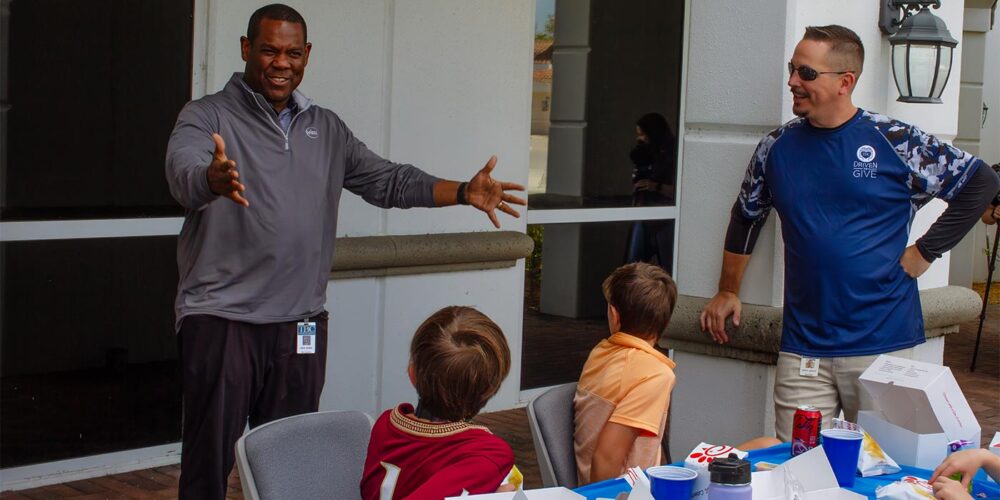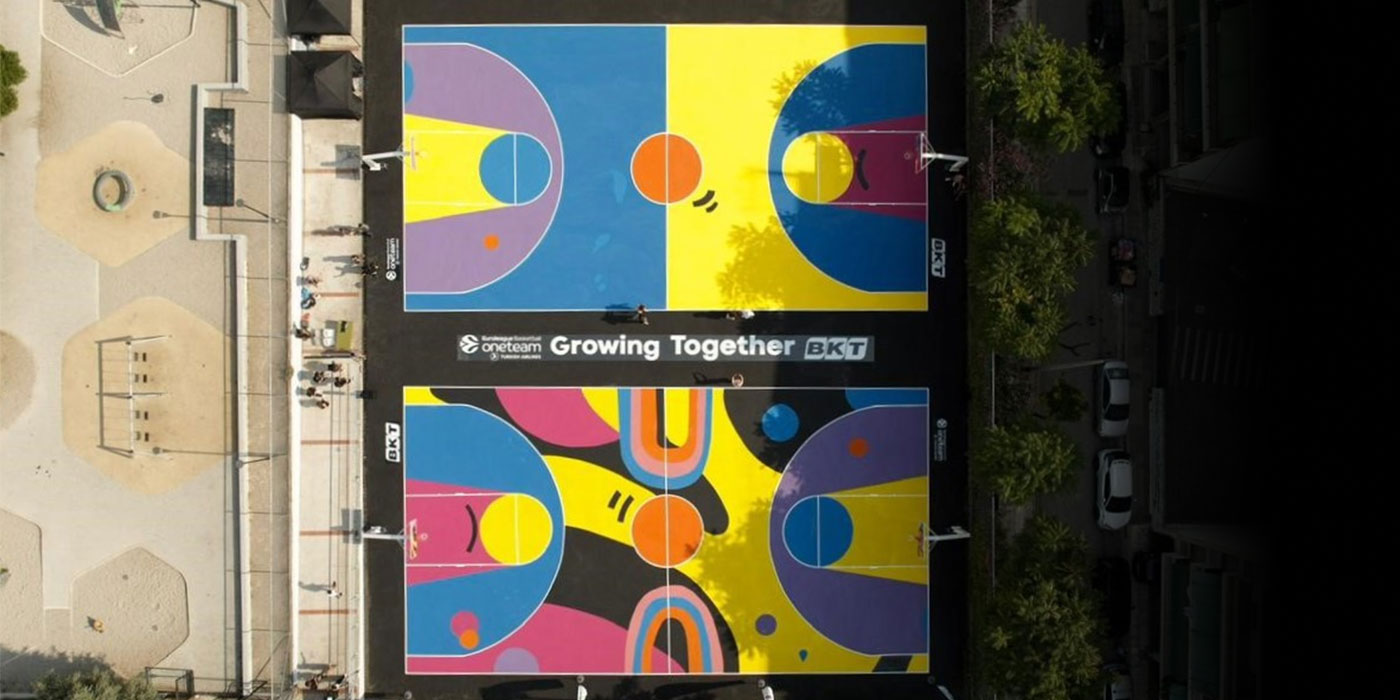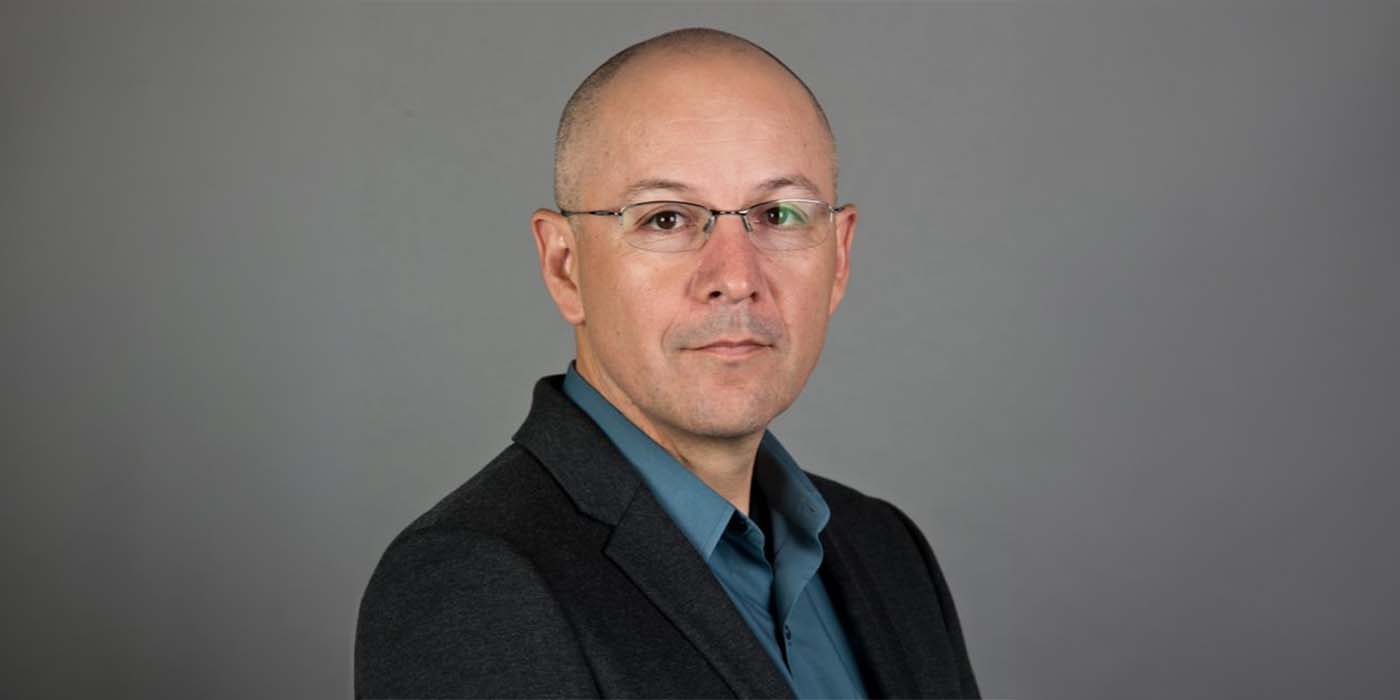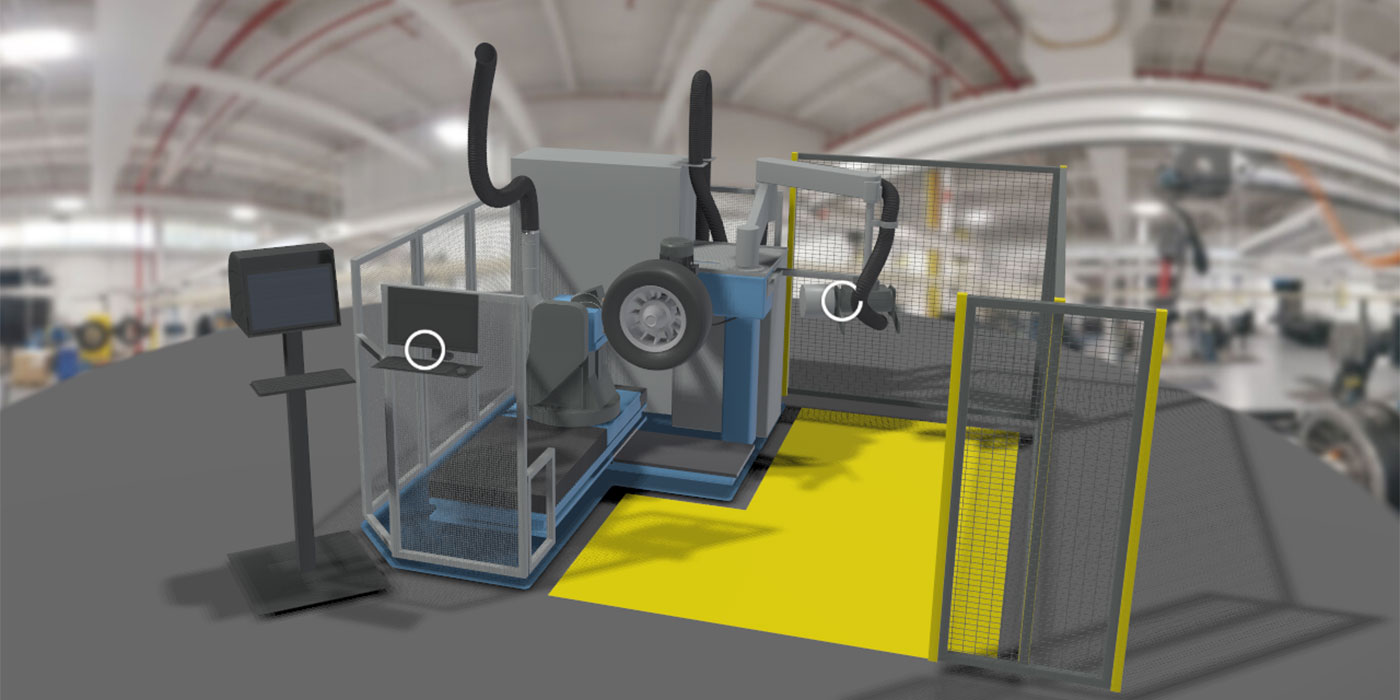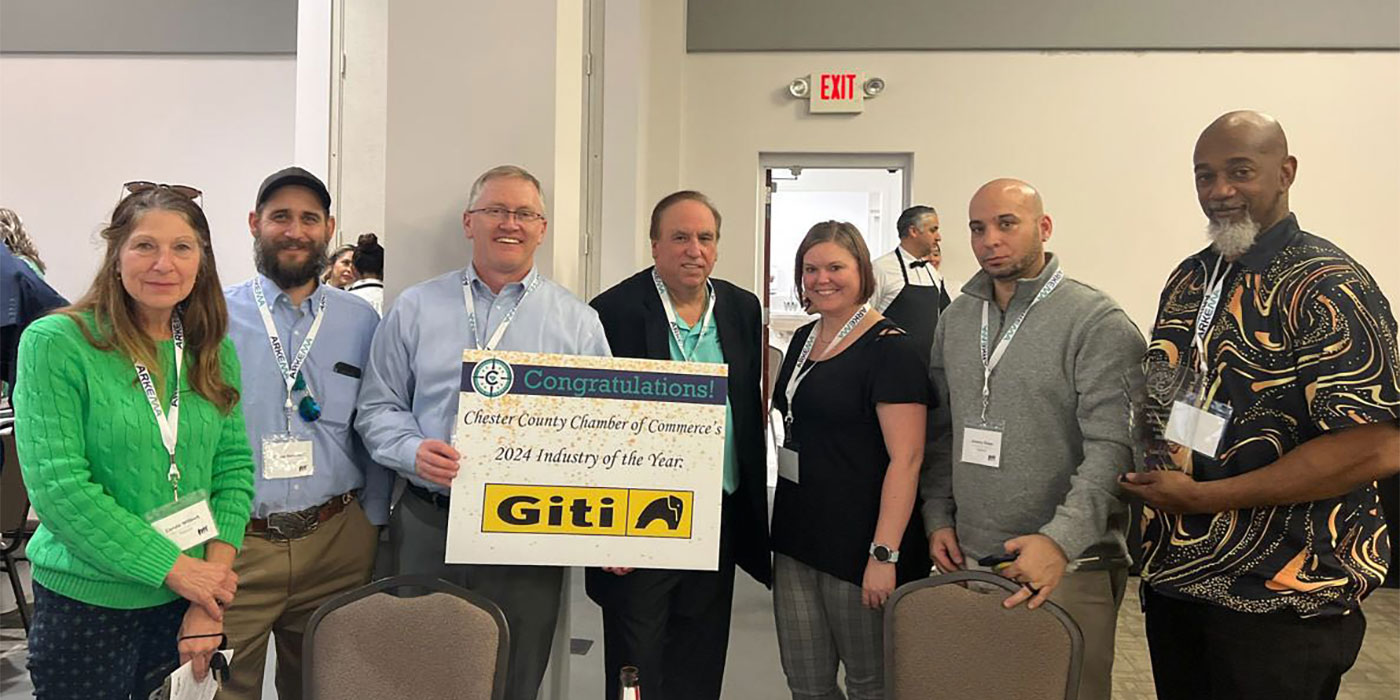What can you do to preserve your future? Do you, perhaps, try to shape the future technology of your industry? Maybe encourage development of new technologies, even those not previously contemplated, by involving dozens of competing companies? Cause governments to consider their roles in these technologies and how their actions can benefit not only industry but people, as well? Promote a future of human mobility and pollution-free propulsion?
Welcome to the concept that is Challenge Bibendum.
The first Challenge Bibendum (CB) was held at Groupe Michelin’s headquarters in Clermont-Ferrand, France, as part of the company’s 100th anniversary celebration in 1998. Intended as a one-time showcase to promote the potential of “clean” vehicles, it drew such interest that a second CB was held in 2000.
The idea snowballed, with subsequent CBs held in Fontana, Calif.; Heidelberg, Germany and Sonoma, Calif., each bigger than the last and involving new transportation segments such as public transit and over-the-road trucks.
The sixth CB, held last October in Shanghai, China, was Michelin’s most ambitious – and it may be the last CB for a while. (Tire Review was the only U.S. tire magazine invited to attend.)
Holding any large-scale event in heavily bureaucratic China is a logistical nightmare. Add more than 500 journalists from around the world, 150 experimental vehicles with 2,000 support personnel, and dozens of corporate executives and high-level government officials from numerous countries, and you get more than a small headache.
Using an international team drawn from its far-flung units, Michelin pulled it off.
Besides its base goal, CB 2004 accomplished two, perhaps unintended, goals. First, China has a significant air pollution problem. While Shanghai officials say that vehicles cause 65% of it (even though Chinese citizens have only been able to own cars for about five years), the underlying truth is that China remains badly behind the curve when it comes to modern air quality standards, policies and improvement technology. It wants to improve, but it will take time, and an event like CB helps China better understand global standards and available technologies.
Second, holding CB in Shanghai, China’s major financial center and base for its fast-growing automotive business, allowed Chinese vehicle makers to show their stuff to an eager global audience. China has not only the fastest growing economy but also the fastest growing automotive industry in the world – including tires.
But even with Michelin’s involvement, tires have never been the focal point of Challenge Bibendum. Certainly, tires play a key role in reducing fuel consumption, but one does not see specialized low rolling resistance or other high-tech tires on the vehicles entered in the CB competition.
Groupe Michelin Managing Partner Edouard Michelin, who has spearheaded CB from the beginning, insisted that the event was about creating dialogue among all facets of the transportation industry – including governments – toward “sustainable road mobility.”
Experimental Competition
The centerpiece of Challenge Bibendum is the competition. Broken down by class, CB 2004 featured vehicle entries from companies like Ford, General Motors, Daimler/Chrysler, Peugeot Citroen, Volkswagen/Audi, Mercedes-Benz, Volvo, Bosch, Nissan, Hyundai and Toyota, as well as Chinese firms Dongfeng Electric Vehicle, Shenli (Shanghai) Technical, Yongjui, ThunderSky, China FAW and Xiangtan Electric Vehicle.
Experimental vehicles were entered by Tsinghua University, Hunan University and Tongi University, which also played host to CB seminars, general sessions and the awards program. Michelin itself entered a vehicle it created that featured an integrated drive motor/wheel system.
Numerous energy sources were represented by the vehicles. Some burned bio-fuel, compressed natural gas, diesel or regular gasoline. Some were hybrids, mixing traditional internal combustion engines (ICE) (and various fuels) with electric power. Some were hydrogen-burning ICEs; some were pure hydrogen fuel-cell cars. Others were 100% electric. More importantly, though, all of them were practical vehicles, often retrofit versions of current models.
Some of the vehicles, particularly the metro buses, were production models already in service.
Prototype and production vehicles in 13 classes (by size) competed against each other in emissions, noise, fuel economy, range, acceleration and braking, handling, frontal crash and vehicle design. Every entrant was tested and graded. The goal was not to win trophies but to establish performance benchmarks that can be improved upon in the future.
In the Classroom
Challenge Bibendum also featured its fair share of speeches and technical presentations. After Edouard Michelin opened the event with the strike of a ceremonial gong, the opening-day session featured welcome speeches by the mayor of Shanghai and China’s vice minister of science and technology, Deng Nan.
Deng, daughter of Deng Xio Peng, admitted her country’s emission control standards were lacking and said that, with its expected explosive growth in vehicle ownership, China will need a “clear, well thought-out energy and fuel efficiency policies.” China, she noted, is doing advanced work on alternative fuels, and local service buses – a primary means of transportation in metropolitan areas – are being converted. “But we have a long way to go,” Deng said.
China, the world’s third largest vehicle producer, has a goal of reaching Euro 3 emission standards by 2008, Chinese officials said. The European Union, by contrast, is already on Euro 5 standards.
Senior officials from France, the U.K., Japan and the U.S. made presentations about their countries’ efforts regarding environmentally friendly vehicles and improving driver safety, and the CEOs of Peugeot Citreon and Dongfeng discussed their companies’ specific efforts to produce and promote energy-efficient vehicles.
Loyola de Palacio, vice president of the European Union Commission and the EU’s commissioner for energy and transport, told attendees that traffic congestion was a major concern in Europe. He recounted the cost of such in terms of lost productivity, consumed resources, increased pollution and added wear and tear on an already limited infrastructure. And de Palacio outlined some programs the EU is undertaking to relieve congestion and improve road safety, including the use of a global positioning satellite (GPS) system.
CB 2004 included a media driving day, held at the new Shanghai International Circuit, during which journalists could test drive most of the entrants on the F1 track and get a feel for how different energy technologies translate into real-world road performance. A display area featured presentations by many of the companies participating in CB 2004.
A public day at Shanghai’s Automobile City allowed Chinese citizens to experience some of these vehicles, as well.
Rounding out the program was a series of workshops on specific energy options, vehicle power-plant alternatives and transportation safety. A closing symposium brought all of the elements together for a final report.
What is the future of Challenge Bibendum? During a press conference, Edouard Michelin suggested that perhaps CB, in its present form, had run its course and that smaller events might be held in the future. Though he has not given up on the concept of CB, perhaps the scope and presentation have exceeded necessity.
Of course, trhe company had just finished holding its most ambitious and complex worldwide event ever, so it might have been fatigue talking. CB is of intense personal interest to Michelin, so there is little doubt the effort will continue. How and where remains to be seen.
For more information on Challenge Bibendum and CB 2004, go to www.challengebibendum.com.







